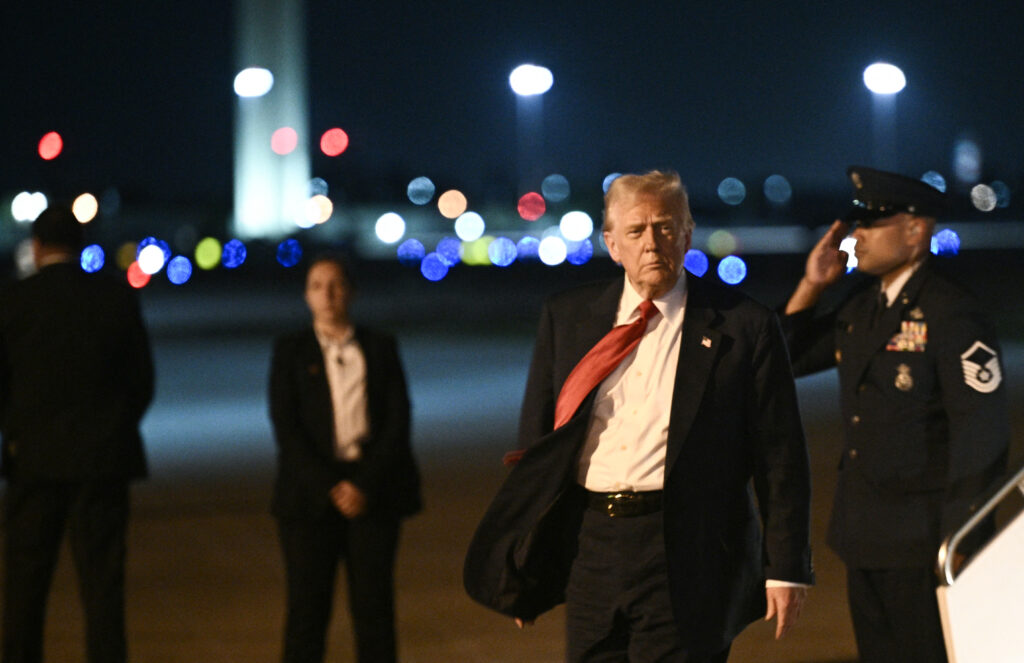Brussels – After months of speculation, Washington’s feared disengagement from the Old Continent could be coming. The Pentagon is reportedly considering a massive withdrawal of US soldiers from NATO’s eastern borders, potentially up to 10,000 of those brought to Europe by the Biden administration after the Russian aggression of Ukraine.
According to NBC News, US and European officials are reportedly discussing the details of the proposal, which the Defense Department will adopt later. There is no decision yet on the number of US troops that would be withdrawn. However, what is sure is that it will involve reducing the size of the contingents former President Joe Biden sent to the NATO members closest to Russia in 2022. Three years ago, after the massive invasion of Ukraine by the Federation, the White House deployed 20,000 units along the Alliance’s eastern flank. According to rumors, up to 10 thousand soldiers may soon be withdrawn from Poland and Romania.
The reduction of the US commitment in Europe is expected to free considerable financial resources when the Pentagon is experiencing significant budget cuts – like all US government agencies. In addition, the initiative is consistent with Donald Trump‘s desire to lighten the US presence on the Old Continent (about 80,000 military personnel) and, in parallel, push overseas allies to take greater responsibility for their own security to allow Washington to focus on the strategic challenge with Beijing.

It also reflects the unequivocal change in relations with the Kremlin, at least compared to the positions of the previous administration. Trump has long been pushing for the two belligerents to agree on a ceasefire, but in recent weeks, his diplomatic offensive seems to have bogged down in the face of Moscow’s reticence and Kyiv’s doubts. He suspended military aid and intelligence information sharing to force the Ukrainians to accept negotiating compromises, only to restart both. On April 11, Secretary of Defense Pete Hegseth will not attend the meeting of the Contact Group for Ukraine in Brussels.
However, not everyone likes the new stance that the New York tycoon is dictating, even on the other side of the Atlantic. General Chris Cavoli, NATO’s supreme allied commander as well as head of the European Federal Command, said he has “always recommended maintaining the forces we have sent” along the alliance’s eastern border, stressing that as far as he is concerned, “I plan to keep them” where they are, net of periodic rotations. There is a significant disagreement on a crucial issue for the security architecture of this part of the world between two major players of the planet’s military superpower.
Meanwhile, Europe is trying to take its first steps while tugging at the sleeve of the White House. After countless meetings of the coalition of the willing, the finance ministers of the 27 member states will discuss establishing a new dedicated fund for continental rearmament together with their counterparts from the United Kingdom, Norway, and Switzerland in Warsaw. It is an existential challenge for the Old Continent: to be able to defend itself without the protective umbrella of Uncle Sam.
English version by the Translation Service of Withub![Industria difesa europea, i leader chiedono di velocizzare [foto: archivio]](https://www.eunews.it/wp-content/uploads/2022/02/Indutria-difesa-UE.jpg.webp)






